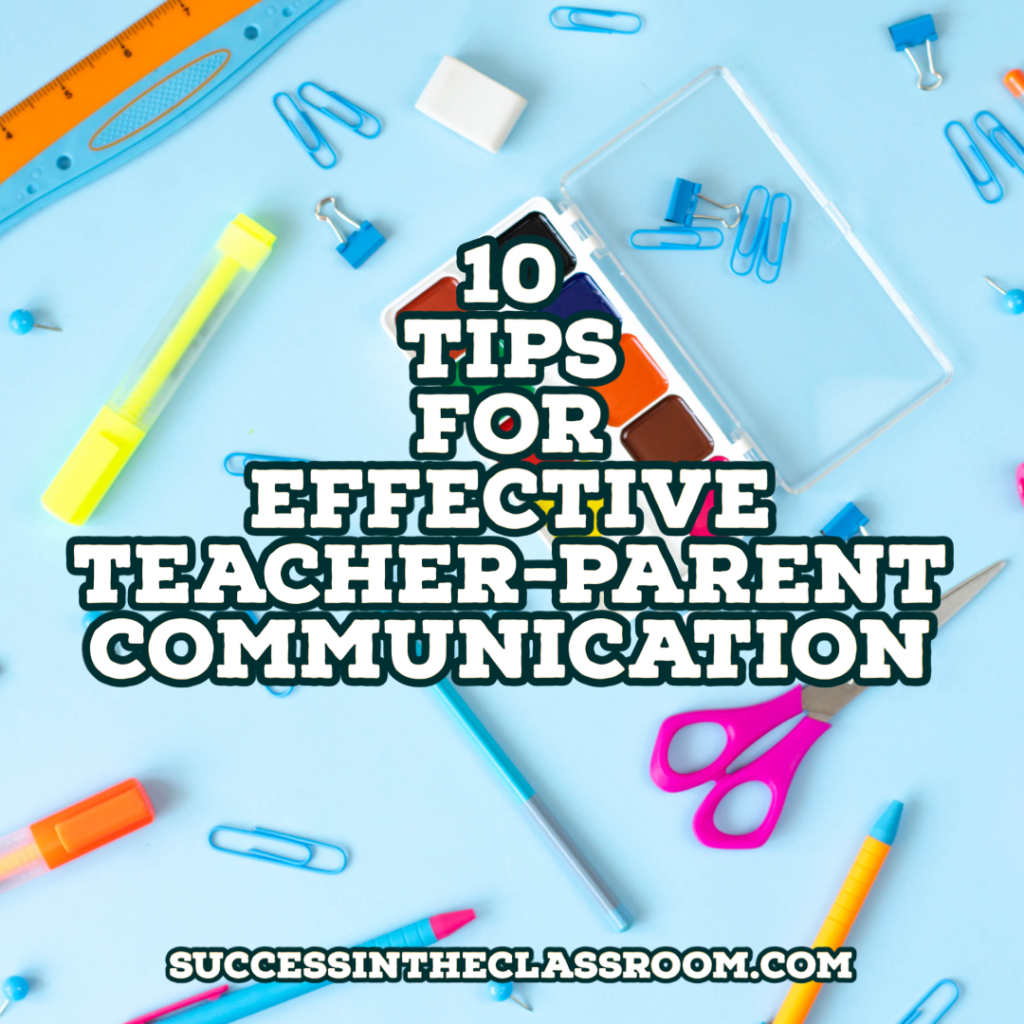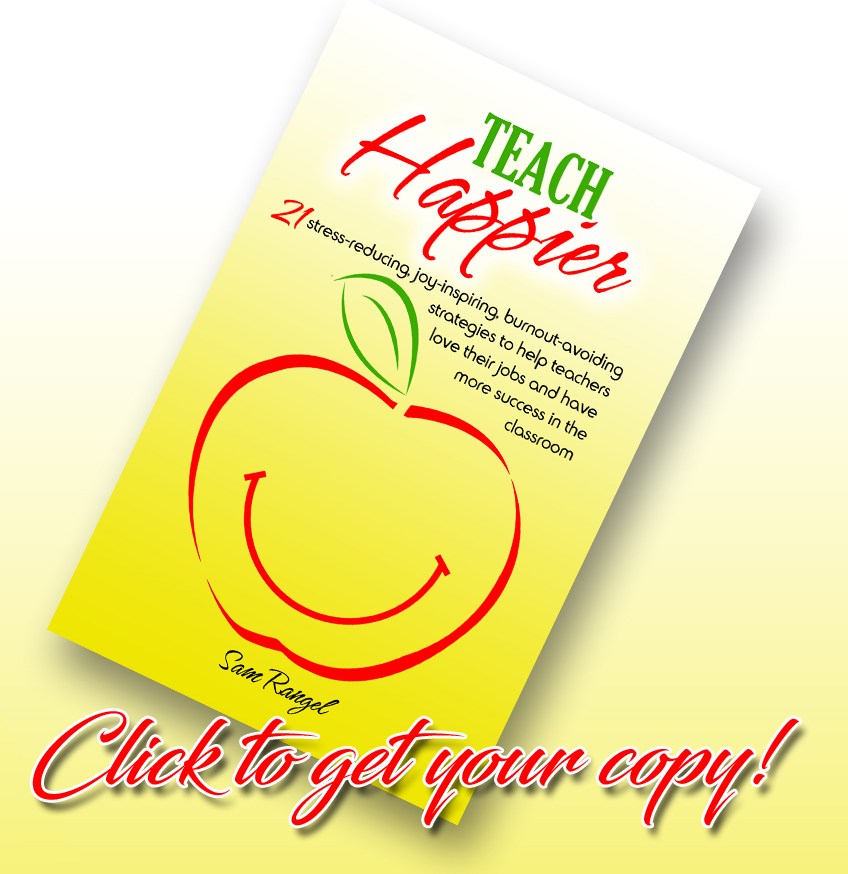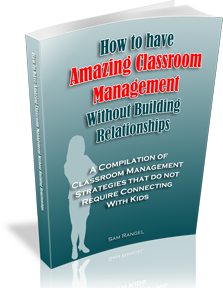
In the intricate dance of education, the bond between teachers and parents plays a pivotal role in a child’s academic journey. Effective communication is the key to fostering collaboration and ensuring a holistic learning experience. In this blog post, we’ll explore ten tips to enhance teacher-parent communication, building a strong bridge between the classroom and the home.
1. Establish Open Lines of Communication.
The foundation of a strong teacher-parent partnership is open communication. From the outset, create an inviting atmosphere that encourages parents to reach out with questions, concerns, or simply to stay connected with their child’s educational experience.
2. Regular Updates
Keep parents in the loop with regular updates. Whether through newsletters, emails, or a dedicated online platform, consistent communication ensures that parents are well-informed about upcoming lessons, activities, and, most importantly, their child’s achievements.
3. Parent-Teacher Conferences
Schedule regular face-to-face meetings, such as parent-teacher conferences. These provide an invaluable opportunity to discuss individual student progress, address concerns, and collaboratively set goals for the future.
4. Utilize Digital Platforms.
Embrace technology to facilitate communication. Utilize email, messaging apps, or a dedicated online portal to share information, assignments, and updates in real-time. Digital platforms provide a convenient way for parents to stay engaged in their child’s education.
5. Positive Feedback
Share positive feedback regularly. Parents appreciate hearing about their child’s accomplishments and positive behavior. This not only builds a sense of pride but also motivates students to continue excelling.
6. Be Clear and Concise.
When communicating, be clear and concise. Avoid educational jargon, and use straightforward language to ensure that parents can easily understand the information you’re conveying. Clarity fosters effective collaboration.
7. Involve Parents in Decision-Making.
Whenever possible, involve parents in decisions about their child’s education. This collaborative approach reinforces the idea that education is a shared journey, with both teachers and parents contributing to the child’s success.
8. Provide Resources.
Empower parents with educational resources and tips to support their child’s learning at home. This could include reading lists, recommended websites, or activities that complement classroom lessons. Sharing resources strengthens the home-school connection.
9. Address Concerns Promptly.
In the event of challenges, address concerns promptly. Open, honest communication about issues demonstrates a commitment to resolving challenges and underscores the shared responsibility for a student’s well-being.
10. Celebrate Achievements Together.
Celebrate not only academic achievements but also personal and behavioral milestones. Recognizing and celebrating successes, big or small, creates a positive environment and reinforces the idea that education is a collective effort.
Effective teacher-parent communication is a cornerstone of a successful educational experience. By implementing these ten tips, educators can build strong, collaborative relationships with parents, creating an environment where students can thrive both inside and outside the classroom. Together, teachers and parents can sculpt a brighter future for the next generation.
Here’s a book where you can get more information: When Calling Parents Isn’t Your Calling: A teacher’s guide to communicating with parents




